I remember the last time I was homeless with my family. I was 15 or so, and we are sitting in the office of the local family shelter, and they asked the same questions that they always do. They asked about our family history, how did we become homeless, and a bunch of boring questions necessary for reporting to the grantors. Mostly, the questions were sterile and according to the script, but the case worker would sprinkle in some light-hearted joking and banter, most of which I saw as white noise. Then came a question that made me more afraid then I had ever been, but it wasn’t just the question, it is what was what this question entailed. She asked so matter-of-factly “And where is he staying” while pointing right at me. I was mortified, terrified and completely without the ability to speak. My mom, also taken back by the question asked “What do you mean? He would be staying with me.” The intake person explained without apology that their program did not accept teenage boys, so I would have to go to the adult men’s shelter.
I had heard many unsettling stories about the adult men’s shelter. The program for adult men was very different then the family shelter. It was cold and inhospitable. The men were very aggressive, likely because they were treated more like livestock to be herded rather than real human beings. It wasn’t safe, I would have had to sleep in a bed or cot inches away from other people. Rumors of theft and sexual assault were rampant. It seemed more like a prison yard and less of a place for shelter and refuge. I felt the color leaving my face through the bullet sized beads of sweat leaving my pores. I wanted to cry. My stomach was knotted up so tight that I felt like my inside would be crushed from the sheer force. How could they do this to me. I was not a bad kid, I followed the rules and people generally liked me. This was not my fault, my mom was not on drugs, we did not break the law and yet here I was.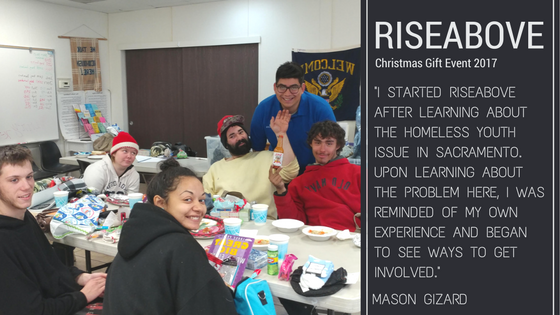
This story is all too common. Young people find themselves without stable housing all the time. In the US, the homeless youth population has reached 1.3 million! Sacramento county has staggering 13,000 homeless students under the age of 18 experiencing homelessness. Out of that 1,000 youth are homeless and unaccompanied by any caring adults. Many youths begin their homeless journey as minor and age into the transitional age of 18-24. These youths are every bit as vulnerable as their unaccompanied minor counterparts. Many are throw-aways of the foster and youth detention systems and have experienced significant traumas that cripple their emotional and mental development, leaving them unequipped for the work required to get themselves out. Situations are further complicated when young people who are lacking basic needs, become pregnant. This problem is big, complex and no one sided solution will work, and no one organization can take on the full burden. There is just too much!
Homeless youth are among the most underserved population in the homeless community. In Sacramento, there are 700 year-round beds dedicated to homeless adults, with an additional 200 during the winter months. These beds serve a population of 3,500 homeless adults. These resources serve about 20% of the homeless adult population, while beds serving homeless unaccompanied youth only hit about 2% percent of the actual need. There are approximately 300 youth under 18 experiencing homelessness with a total of six beds. Another 20 beds are available for youth 18-24. Both programs are short term emergency housing that have lists 3 months long. Often, this leads to youth settling for unsafe and unstable living situations. For me, that was the only option.
After getting the news that I could not stay with my family and finding out that the best solution they had for me was to go to the adult men’s shelter, I settled for staying with an old neighbor. The apartment was a two bedroom and it was already overcrowded by the other 11 inhabitants. I was lucky, I got a couch to sleep on, most of the other people living there slept on the floor. Even though there were drugs being sold out of the house and there was prostitution going on in the house regularly, it was still the best option I had.
Many youths are often in situations similar to mine or even worse. Some are recruited into the sex trade, persuaded by the promise of always having food and a roof. No matter where they choose to be, they all have the same need and desire to feel safe, loved and to fill their physical and spiritual hunger. Writing this, I realize the bleak picture that I am painting, but the need is urgent. The needs for these young people are physical, mental, spiritual, and emotional. Blossom Place and RiseAbove are two organizations working to fill those needs. 
Blossom Place’s first home opened Spring 2015 in Auburn. This furnished home is within walking distance of public transportation, and has space for 7 girls ages 18 – 21. This program provides safe housing where rent is affordable. The casual, homey atmosphere and low structure requires girls to be respectful of each other, and accountable for their choices. There is an abundance of opportunities to work with mentors, develop community and life skills, helping residents become confident and prepared to transition to the next step of completely independent living. These young women are encouraged to acknowledge their dreams, create goals and a life plan while learning to believe in themselves’.
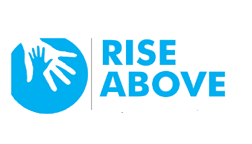 RiseAbove works with youth 12-24 years of age experiencing homelessness. I started RiseAbove after learning about the homeless youth issue in Sacramento. Upon learning about the problem here I was reminded of my own experience and began to see ways to get involved. It started with doing StudentReach’s Connected coaching once a week. I drew them in with pizza and most stayed after the pizza was gone and they came back week after week. Then I started collecting hygiene and survival supplies. After a few months of teaching the coaching class and distributing survival supplies, I wanted a way to help them forget about being homeless, even if it was only for a few hours. So, I threw a pool party. A group from a church in Napa sponsored the event. They brought food, we played games and we handed out sleeping bags, clothes and back packs. It was a successful event, so naturally, we did more events like it. Volunteers and homeless youth spent the event side by side, eat side by side and learn about each other’s stories.
RiseAbove works with youth 12-24 years of age experiencing homelessness. I started RiseAbove after learning about the homeless youth issue in Sacramento. Upon learning about the problem here I was reminded of my own experience and began to see ways to get involved. It started with doing StudentReach’s Connected coaching once a week. I drew them in with pizza and most stayed after the pizza was gone and they came back week after week. Then I started collecting hygiene and survival supplies. After a few months of teaching the coaching class and distributing survival supplies, I wanted a way to help them forget about being homeless, even if it was only for a few hours. So, I threw a pool party. A group from a church in Napa sponsored the event. They brought food, we played games and we handed out sleeping bags, clothes and back packs. It was a successful event, so naturally, we did more events like it. Volunteers and homeless youth spent the event side by side, eat side by side and learn about each other’s stories.
Learning their stories increases awareness, but it also humanizes them. We often look at homelessness in general as an issue, we rarely see the people that the issue represents. It is even more difficult to imagine that there are vulnerable youth left without enough resources, and yet that is the reality these youth face. So, what can you do? On March 10th 2018 your family can take part in an exciting event called the TOUGH 1000 to raise money and raise awareness in our community about youth homelessness. The Tough 1,000 is 1,000 feet of mud and a challenging obstacle course designed with your family in mind. The event will take place in Sacramento – CLICK HERE for more information.

While homelessness is complex and difficult to solve, together, we can make a difference in the lives of these young people.
 Mason Gizard | Mason@studentreach.org
Mason Gizard | Mason@studentreach.org
Homeless Youth Program Director
(916) 617.1089

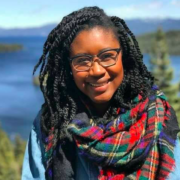
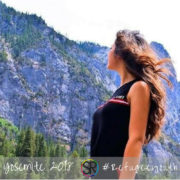
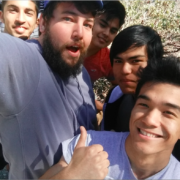
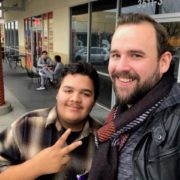
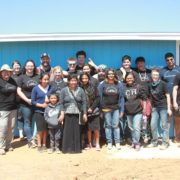
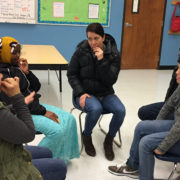
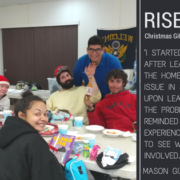




 Mason Gizard |
Mason Gizard | 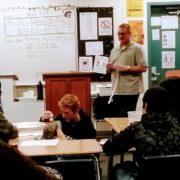
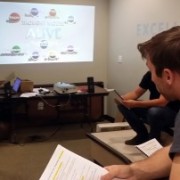

 It wasn’t unexpected to our team of coaches. For over 3 years, StudentReach has been using that approach with groups as varied as leadership students, continuation school students, gang-affiliated young men, Afghan and Somali refugees, and homeless students. Combining weekly group discussions and coaching with other relational activities has been an amazing way to reach some of the most difficult and seemingly unreachable students.
It wasn’t unexpected to our team of coaches. For over 3 years, StudentReach has been using that approach with groups as varied as leadership students, continuation school students, gang-affiliated young men, Afghan and Somali refugees, and homeless students. Combining weekly group discussions and coaching with other relational activities has been an amazing way to reach some of the most difficult and seemingly unreachable students.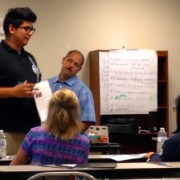
 We didn’t change a thing – we spoke to them just the same as our students to help them see exactly what would be experienced and see the level of communication we try to achieve. “We want to be as genuine as possible” said Coach Mason Gizard to his class of adults.
We didn’t change a thing – we spoke to them just the same as our students to help them see exactly what would be experienced and see the level of communication we try to achieve. “We want to be as genuine as possible” said Coach Mason Gizard to his class of adults. more of a conversation between the coach and their students then a lecture. “I would rather have a student interrupt me then no one be talking” said Coach Raquel Shipp during training.
more of a conversation between the coach and their students then a lecture. “I would rather have a student interrupt me then no one be talking” said Coach Raquel Shipp during training. Stories were shared, there was lots of laughter, and people became vulnerable which together helped build relationships quickly.
Stories were shared, there was lots of laughter, and people became vulnerable which together helped build relationships quickly.